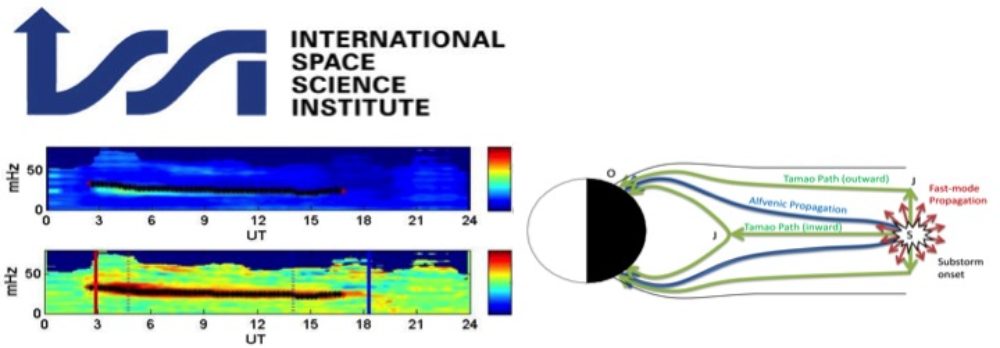Based on the physics of normal-mode oscillations and signal travel time, magnetoseismology is a unique and well demonstrated method to investigate the structure and dynamics of the magnetosphere. Normal-mode magnetoseismology makes use of the widespread field line resonance in the magnetosphere and has successfully shown the variability of the plasmasphere in timescales ranging from within an hour to over a solar cycle. Travel-time magnetoseismology analyzes impulse propagation and has enabled new capability of remotely monitoring sudden impulses and substorm onsets, which are important magnetospheric phenomena that are rarely measured on site. The two methods of magnetoseismology bear substantial resemblance to the techniques used in terrestrial seismology and helioseismology which have advanced our understanding about the interior of the Earth and the Sun. For decades, individual teams around the world have been using normal-mode magnetoseismology techniques to estimate the plasma density of the inner magnetosphere, but the source data in each study are limited to a specific spacecraft mission or a regional ground-based magnetometer array. Travel-time magnetoseismology is a relatively new approach for investigating the impulsive phenomena in the magnetosphere, analogous to detecting the earthquake location through timing signal arrival. Several new efforts aim to simulate the impulse propagation in the considerably inhomogeneous magnetotail to facilitate the forward modeling of travel-time magnetoseismology. This ISSI team represents an international collaboration on magnetoseismic research at an unprecedented scale, and its major goals are to establish a unifying framework for estimating plasma mass density from field line resonance observations as well as to fill the knowledge gap in using travel-time magnetoseismology to remotely detect substorm initiation and other impulsive events in the magnetotail.
Investigating the Magnetosphere through Magnetoseismology
ISSI Team
